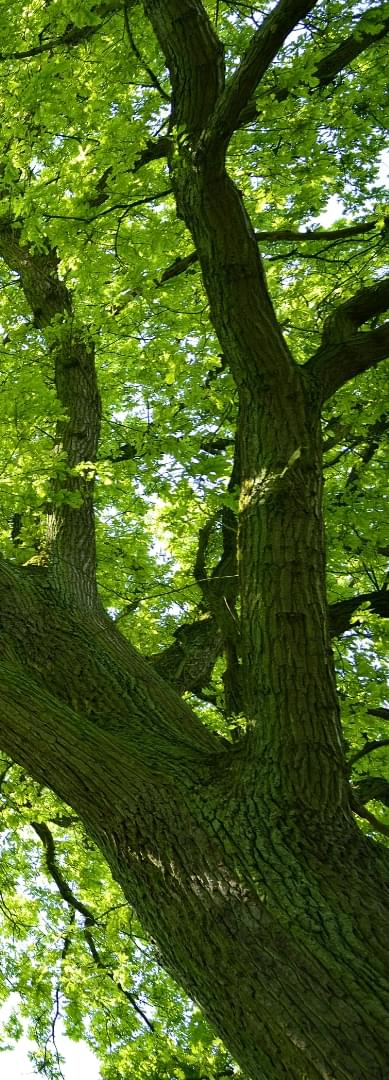
With warmer temperatures come lush greenery, beautiful blossoms and unfortunately pesky pests. These leaf-eaters, sap-suckers and wood-borers can cause serious damage and even lead to the death of the trees in your yard. That’s why it’s important to know the signs of pest infestation and how to stay ahead of these tiny invaders.
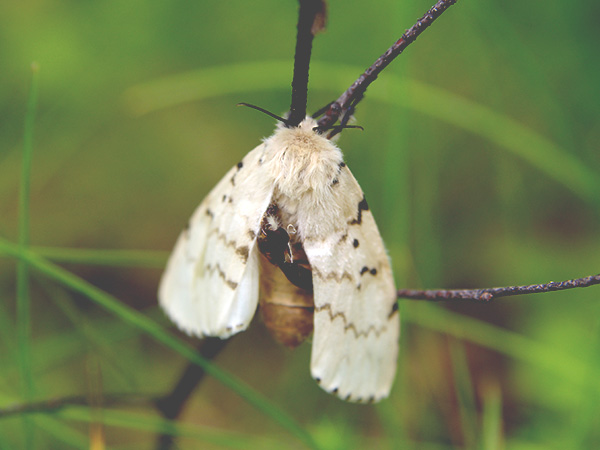 Spongy Moth
Spongy Moth
As leaves emerge in the spring, these moths (formerly known as gypsy moths) leave masses of eggs, which hatch into hungry larvae. The moth’s larvae defoliate hardwood trees, especially oak, birch, elm and maple.
Look for yellowish, teardrop-shaped egg masses, which may contain up to 500 eggs, and can usually be found on tree trunks in the spring. Damage can range from leaf damage to complete defoliation.
How to Prevent Spongy Moths
- Survey your property regularly in the fall for any egg masses.
- Keep your trees healthy and strong by taking care of the soil, water, and nutrients.
- Wrap your trees in burlap to capture eggs laid between the burlap flaps. You can also use our Treekote Banding Kit.
- Remove all the possible sites where egg-laying spongy moths can hide. This includes piles of old wood, dead branches or debris, mulch, weed and bark flaps.
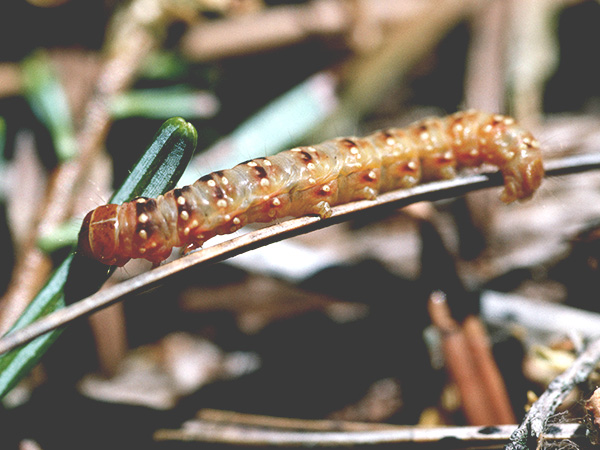 Spruce Budworm
Spruce Budworm
Spruce budworms multiply in large numbers and the larvae have the potential to defoliate an entire tree.
Host trees include white spruce, black spruce and balsam fir. The larvae usually hide in the crown’s interior during winter and emerge in May to feed on unopened buds, old needles, or male flowers. They turn into adults by early July.
Adult budworms have a dull gray color with brown spots and bands around the body. The larvae are cylindrical and long.
How to Prevent Spruce Budworm
- Improve overall tree health by promoting mixed-tree stands, thinning, watering, and fertilizing to contain the risk of infestations.
- A variety of birds, spiders, and insects are important predators. Promote a habitat for them could help you in discouraging budworms.
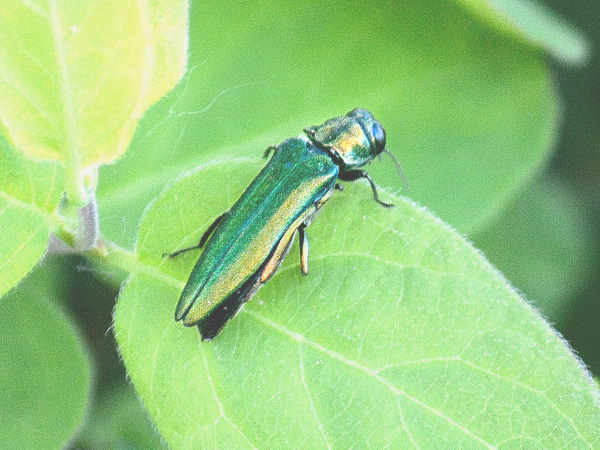 Emerald Ash Borer
Emerald Ash Borer
Adult borers are very small and difficult to spot, but trees infested with the emerald ash borer will have S-shaped feeding galleries packed with sawdust. When the adult borers emerge out of the tree, you will see D-shaped holes in the bark. These borers feed on vascular tissues between the sapwood and tree bark. This interrupts the flow of water and nutrients through the tree causing slow degeneration.
Ash trees with crown dieback from the top down and yellowing foliage are typical targets for the emerald ash borer.
How to Prevent Emerald Ash Borer
- Avoid moving firewood from other sites as it poses a high chance of spreading the pest.
- Burn down any remaining firewood from the last season before spring begins.
- If you’re buying a new ash tree, inspect it thoroughly to make sure it’s not already infested.
- Be careful when using a string trimmer or mowing so you don’t wound the bark of your ash tree because the fresh trunk is always attractive for egg-laying borers.
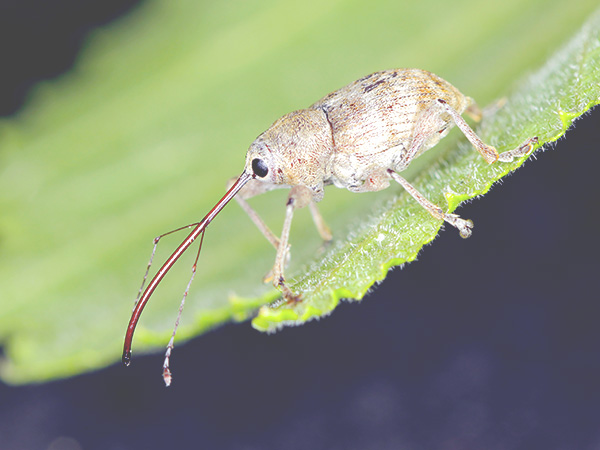 Weevils
Weevils
Weevils are practically invisible to the naked eye. Unlike other borers that make tunnels or galleries in the wood, weevils dig hollow cells or cavities underneath the tree’s bark. They prefer moist, warm environments, typically targeting the bases of woody trees and shrubs like azalea, strawberry, holly, grape, and rhododendron.They can also lay eggs in rolled up, new leaves.
If you have weevils, you may notice the leaves on your tree will appear notched or scalloped. A severe infestation can even completely consume the leaves and only leave behind the main vein.
How to Prevent Weevils
- Keep a tidy garden. Weevils hide in compost, under mulch, weeds, or debris.
- Avoid excessive watering as weevils are attracted to water.
- Encourage a habitat for safe predators like woodpeckers, hedgehogs, frogs, praying mantises and ladybugs.
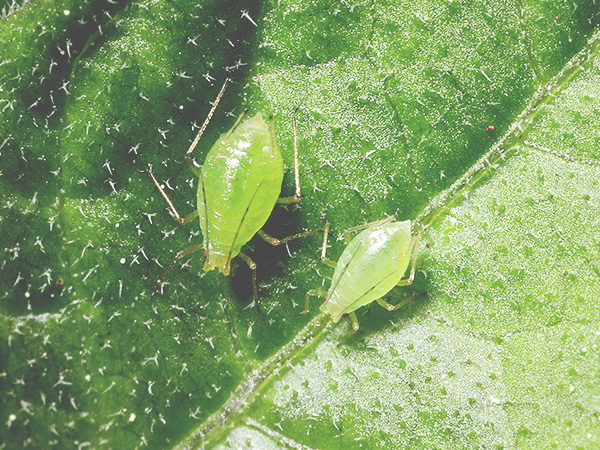 Aphids
Aphids
Aphids eat away at the sap in tree leaves and stems, leaving behind a sticky syrup called honeydew. Large infestations can stunt new leaf growth and cause misshapen, curling or yellow leaves. You can spot an aphid infestation by checking the underside of leaves, or checking for sooty mold, which is often attracted to honeydew.
They mainly attack fruit trees, willows, pines, maples, oaks, poplars, etc.
How to Prevent Aphids
- Plant onions or members of the onion family because aphids are repelled by their smell.
- Grow plants that attract predatory insects to discourage or trap aphids. Soldier beetles, ladybugs, hover flies, spiders, big-eyed bugs, hornets and many other kinds of bugs feed on aphids.
- Regularly weed around trees.
- If you find aphids, remove them by pruning branches.
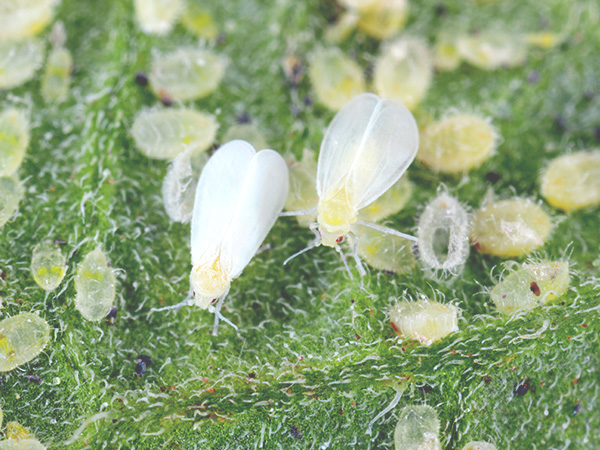 Whiteflies
Whiteflies
Whiteflies, also known as snow flies, are tiny insects that feed on the undersides of leaves. Whitefly larva look like a scale insect with a flattened oval shape, while fully mature insects resemble small moths.
These pests excrete a sticky substance called honeydew that causes sooty mold to develop. They are also known to transfer plant viruses, which is how they pose a significant danger to your trees. Broadleaf trees and shrubs, including citrus, Bradford pear, ash, and flowering fruit trees are common hosts for whiteflies.
How to Prevent Whiteflies
- Inspect new plants to ensure pests are not hitching a ride on your new landscaping elements.
- Plan a habitat that attracts and keeps natural predators around. Ladybugs, green lacewing larvae, spiders, hummingbirds and dragonflies all love to hunt whiteflies.
- Set out bright yellow index cards covered in petroleum jelly or a mixture of petroleum jelly and dish soap to monitor and catch whiteflies. The yellow color mimics new foliage and will attract them to the sticky substance.
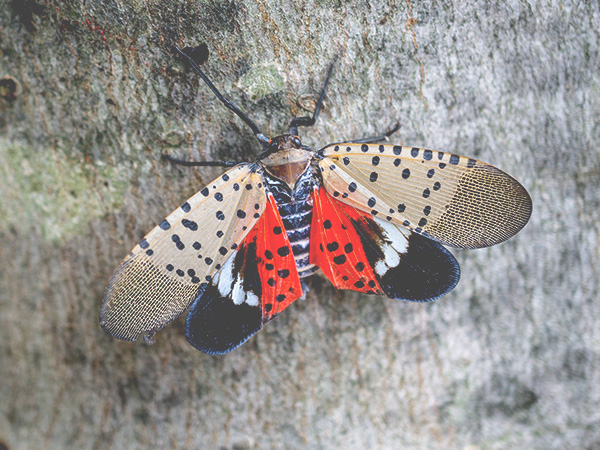 Spotted Lanternfly
Spotted Lanternfly
Spotted lanternflies (SLF) can take on many forms. Nymphs or newly hatched SLF, are black with white spots and turn red before transitioning into adults. The black nymphs can be seen as early as April and until July. Red nymphs can be seen from July until September.
Adults begin to appear in July and are approximately 1 inch long and ½ inch wide at rest, with eye-catching wings. Their forewings are grayish with black spots. The lower portions of their hindwings are red with black spots and the upper portions are dark with a white stripe.
In the fall, adults lay 1-inch-long egg masses on nearly anything from tree trunks and rocks to vehicles and firewood. Signs of infestation include sap oozing from tiny open wounds on tree trunks, which appear wet and may give off fermented odors.
How to Prevent Spotted Lanternfly
- Survey your property regularly in the fall for any egg masses.
- Report sightings to your state department of agriculture immediately.
- Apply banding gum about 4 feet from the bottom of a tree to help prevent this insect from both going up and coming down.
How Eaton Brothers Can Help
We offer a number of products that can help in preventing pests in your yard, including:
